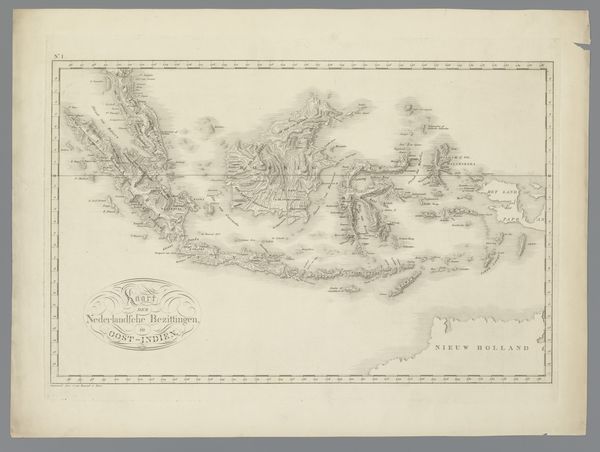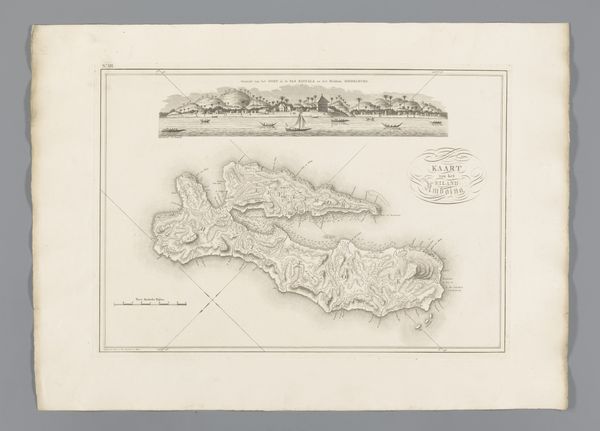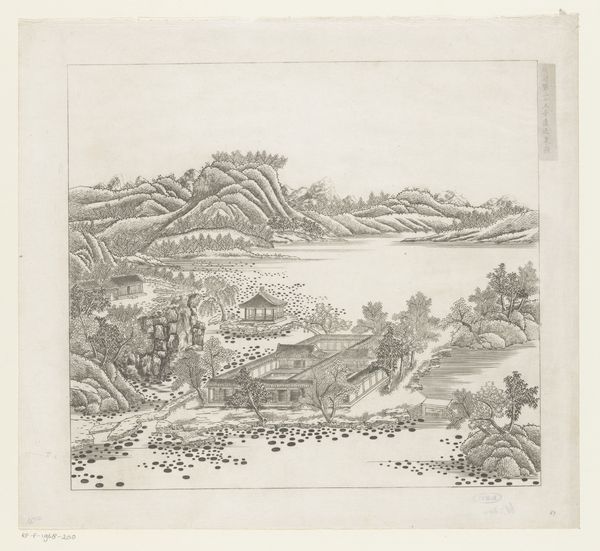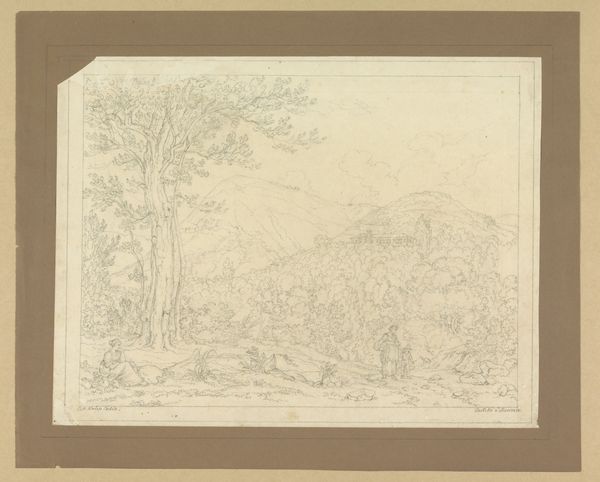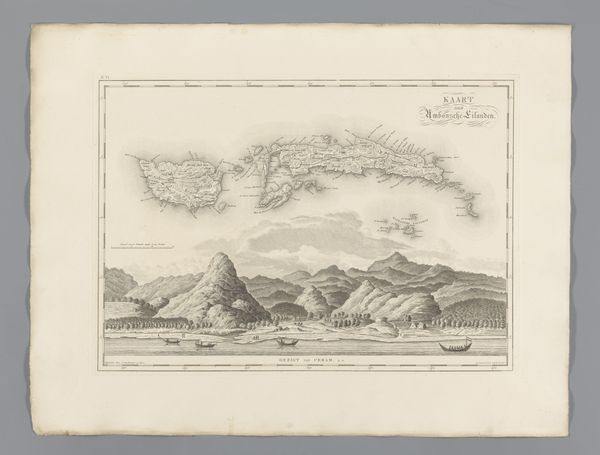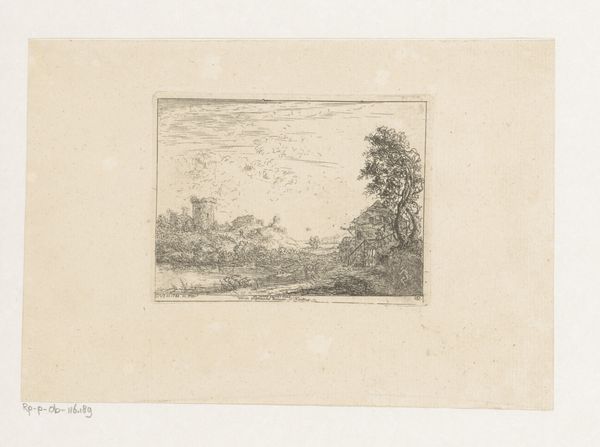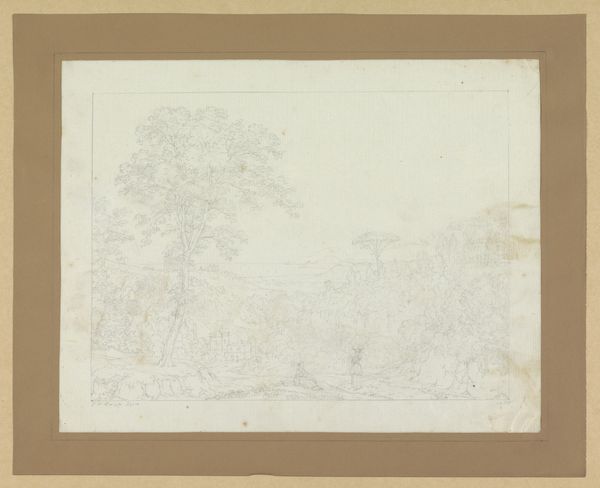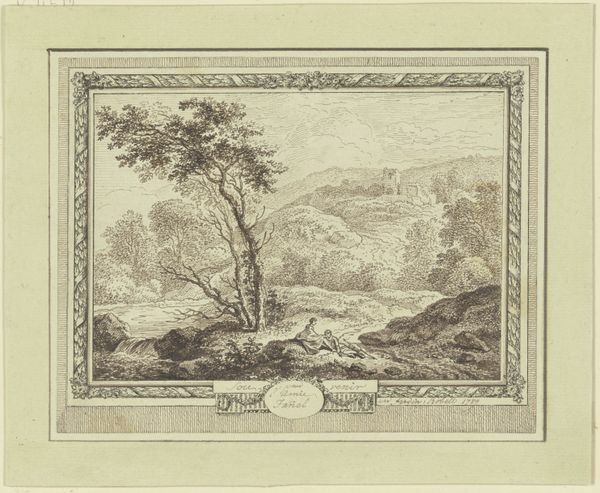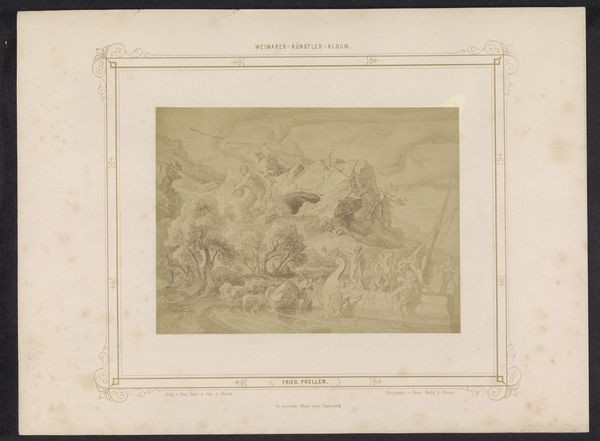
Kaart van Indonesië, met Sumatra, Borneo, Celebes en een deel van Maleisië 1818
0:00
0:00
print, paper, engraving
# print
#
asian-art
#
paper
#
engraving
Dimensions: height 368 mm, width 522 mm
Copyright: Rijks Museum: Open Domain
Editor: This is an engraved map from 1818 titled "Kaart van Indonesië, met Sumatra, Borneo, Celebes en een deel van Maleisië", by C. van Baarsel en Zoon, printed on paper. What strikes me most is how this seemingly straightforward object is inherently tied to resource extraction and colonial power. What can you tell us about that relationship? Curator: That's a fantastic observation. Consider the very paper the map is printed on – the process of transforming raw materials into a surface capable of carrying this image reflects labor practices of the time. Think about who was involved in pulping, pressing, and treating the paper, likely laborers exploited within the Dutch East Indies’ colonial structure. Editor: So even something as basic as paper implicates larger economic systems. What about the engraving itself? Curator: Exactly! The engraving process, the skill of the engraver – these are not neutral techniques. This map served the interests of colonial administration and resource control. By defining and charting the territory, they asserted control over both the land and the people within it. How does the very act of depicting a place change its material status? Editor: That's a perspective shift for me; I was primarily focused on trade routes. Are you suggesting the map *creates* value through its depiction? Curator: In a sense, yes. Mapping turns land into a resource, converting it into a commodity within a capitalist framework. By standardizing the territory, creating borders, it simplifies extraction. But let's also consider how the production and consumption of prints themselves were impacted and structured through trade networks involving commodities like paper. It represents and simultaneously performs power dynamics. Editor: I see; this reframes how I view this object entirely! Thanks. Curator: And thank you! Thinking through the materiality of these objects allows us to deconstruct their seemingly objective function and understand the systems they upheld.
Comments
No comments
Be the first to comment and join the conversation on the ultimate creative platform.
